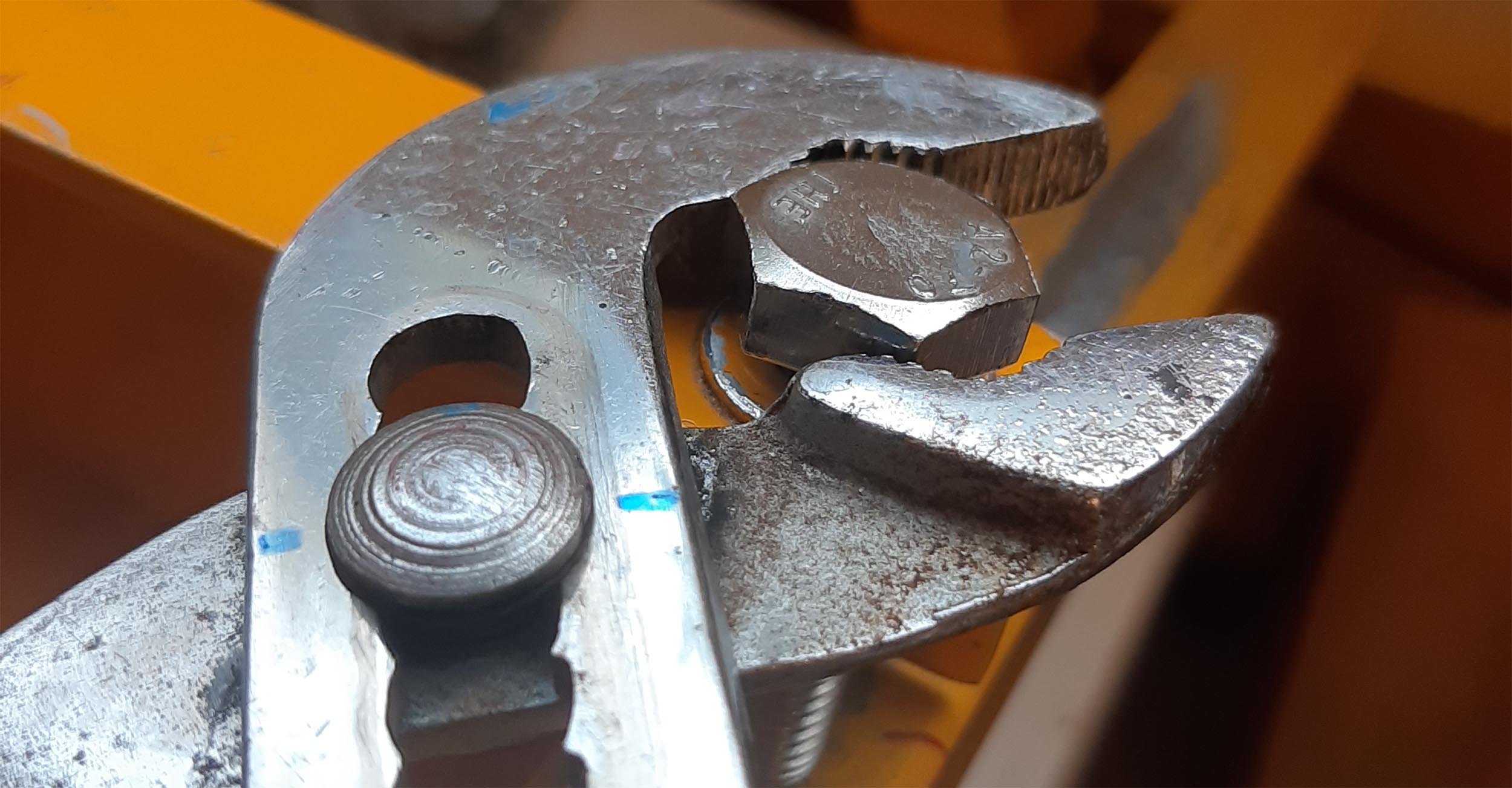the process
creating imagery - digital or on paper
The creative process must begin with an idea - and then, after a moment or sometimes months of reflection, it takes its journey into the physical world through the use of a pencil/pen or digital stylus
Both of these techniques have their own unique advantages and i will often work back and forth between them as the imagery slowly builds
to prepare it for printing, the image must be organised into separate layers which will be re-combined during the screenprinting process
preparing screens for printing
I use a photographic process using photo-sensitive emulsion to transfer my images to the silkscreen for printing
this process involves shining light on acetate sheets (known as ‘positives’ and prepared using my own inkjet printer) on which are printed the separate image layers
the unexposed areas which aren’t hardened by the light can then be washed out using a jet of water
once dried, the screen is ready for use
exploring, mixing and matching colours
Mixing inks is a joyous part of the process
i use water-based (acrylic) inks, mixed with a printing medium which prevents the inks drying on the screen
selecting and mixing the right colours is a vital part of my process and silkscreen prints are capable of displaying incredibly vibrant colours
i often use a combination of layered colours to build complex shades
Preparing the paper on which to print
Most of my works are printed on somerset velvet 100% cotton 300gsm paper - a heavy printmaking paper capable of holding large amounts of ink without distortion of Its surface
The paper is textured - unusual for screen printing - however i enjoy the character this brings to my work. A desire to allow this rich texture to be appreciated lead me to develop a way to mount and frame my works not behind glass
The paper is torn to size and these edges, along with any mould-formed ‘deckled’ edges further enhance the work, particularly when the ink is ‘over printed’ past the extents of the paper, producing a soft, expansive feel
printing multiple layers and editioning
Almost all of my silkscreen prints combine multiple layers, building Up complex, impactful colours. The yellow background in idrawheads 046, for example, uses three different layers - mustard, canary and luminous yellows to create its vivid intensity
The layers are lined up with the use of a clear sheet of plastic, known as a REGISTRATION sheet, on which each layer is printed. the work in progress is aligned underneath the registration sheet, Before the sheet is removed and that layer printed
I produce all my prints in small editions of up to 25 works - with the exception of some early characters which had an edition size of 50 - Part of the challenge is to ensure that each print in the edition is of Consistently high quality, a challenge that increases in DIFFICULTY the greater the number of layers
protective layer of spray lacquer
All of my framed works are given a coating of several layers of spray LACQUER, allowing the works to be dusted when hung and providing some protection against any accidental splashes of liquid
The lacquer i use does not interfere with the natural look of the ink nor create any visible spray pattern but leaves the very slightest of sheens that further enhances the work
Hand cut and painted plywood mounts
All my framed works are first mounted on softwood plywood mounts
the plywood is cut to fit each individual print, before being filled, sanded and its borders painted to match the edges of the printed works
The paper is then affixed to the prepared plywood using a combination of spray adhesives that hold the paper PERMANENTLY in placE
framing and making ready to hang
I enjoy the freedom of making my own frames. using the mitre cutter, GUILLOTINE trimmer and corner pining device each have their own joyfully unique challenges
I love the purity of finishing the frames, most often using farrow & ball estate emulsion (pitch black or all white), although OCCASIONALLY i take a more creative approach using acrylics, like i have done with for my work hillview floristry









